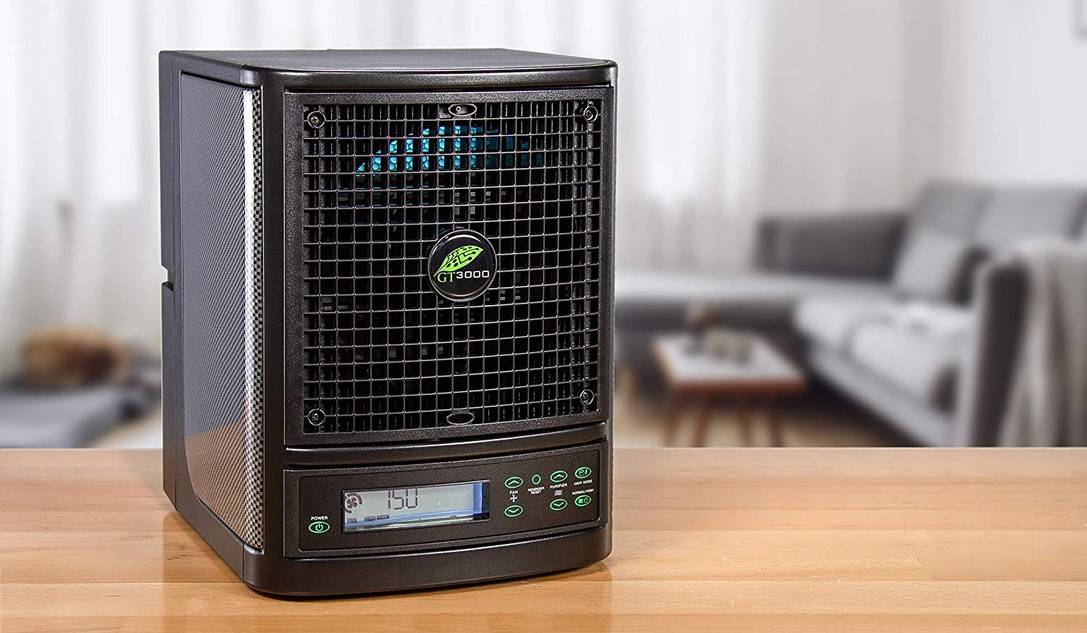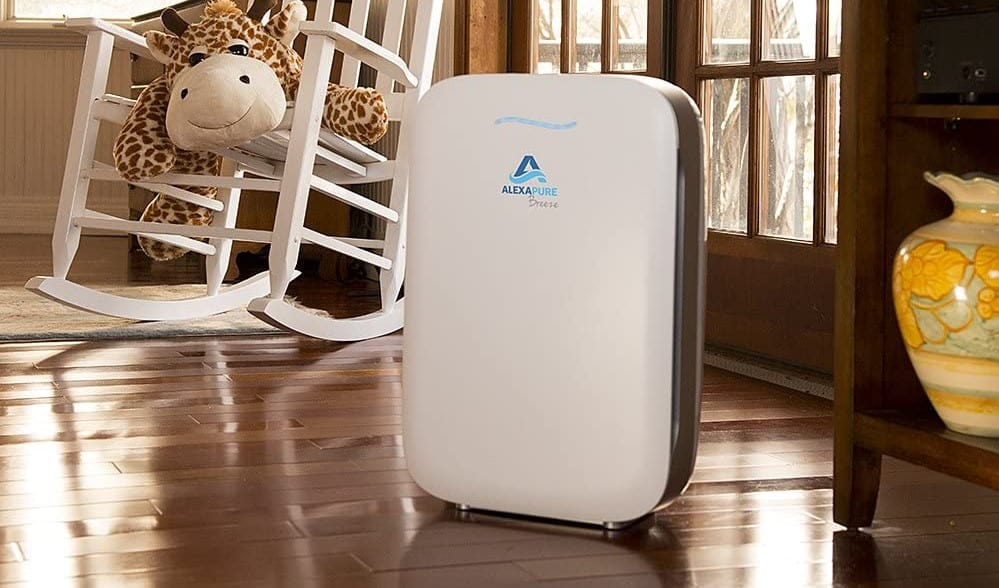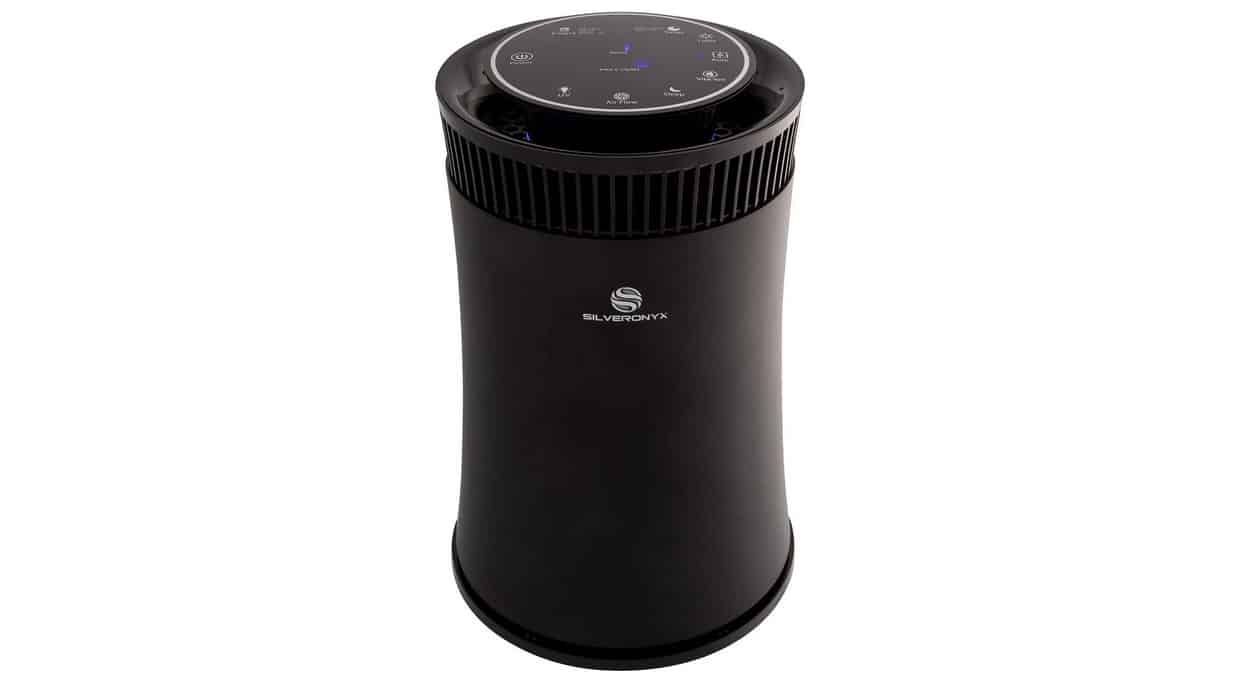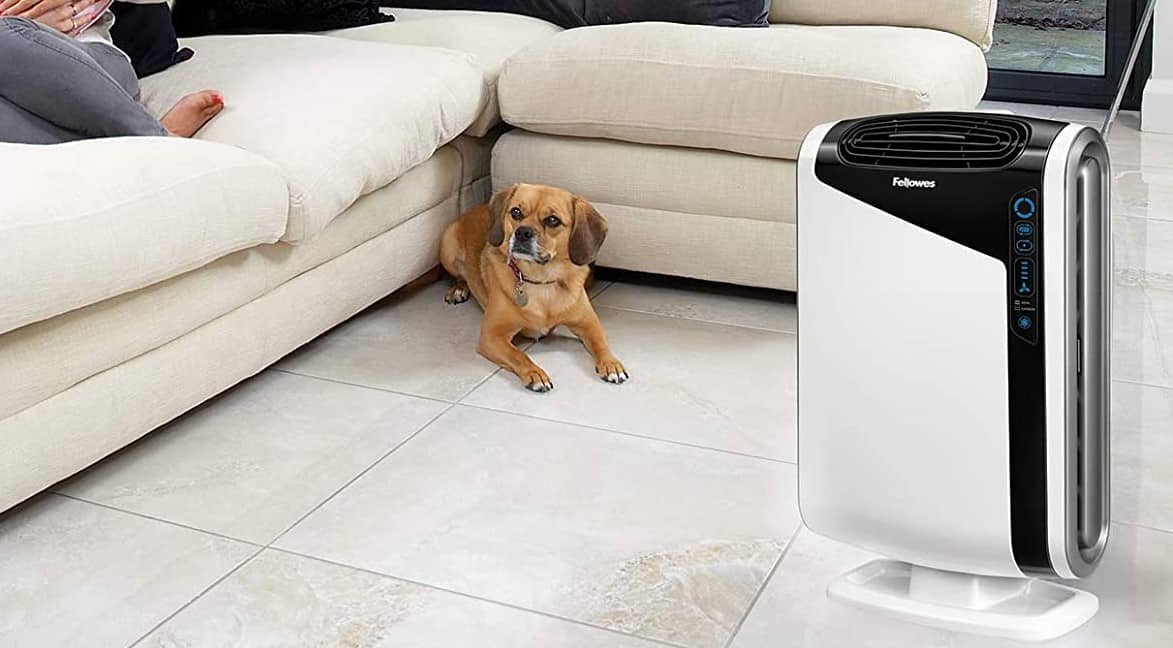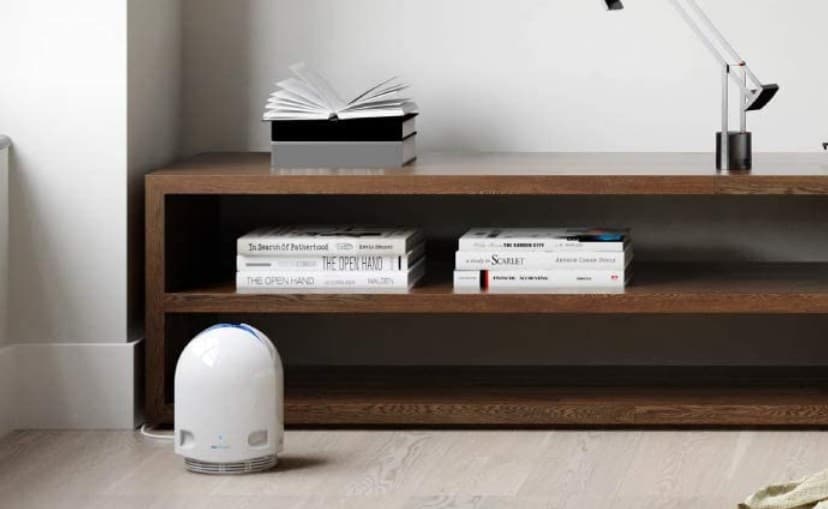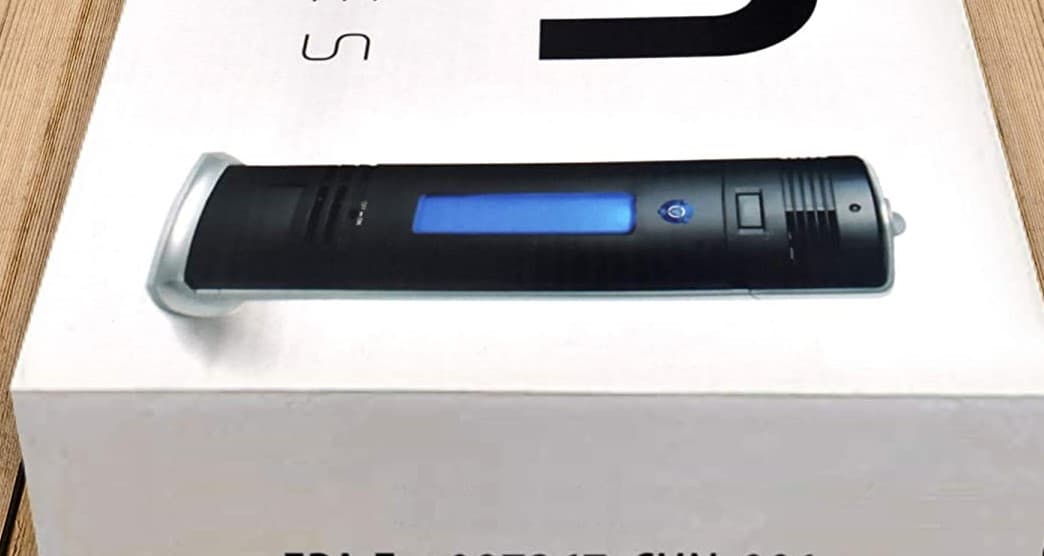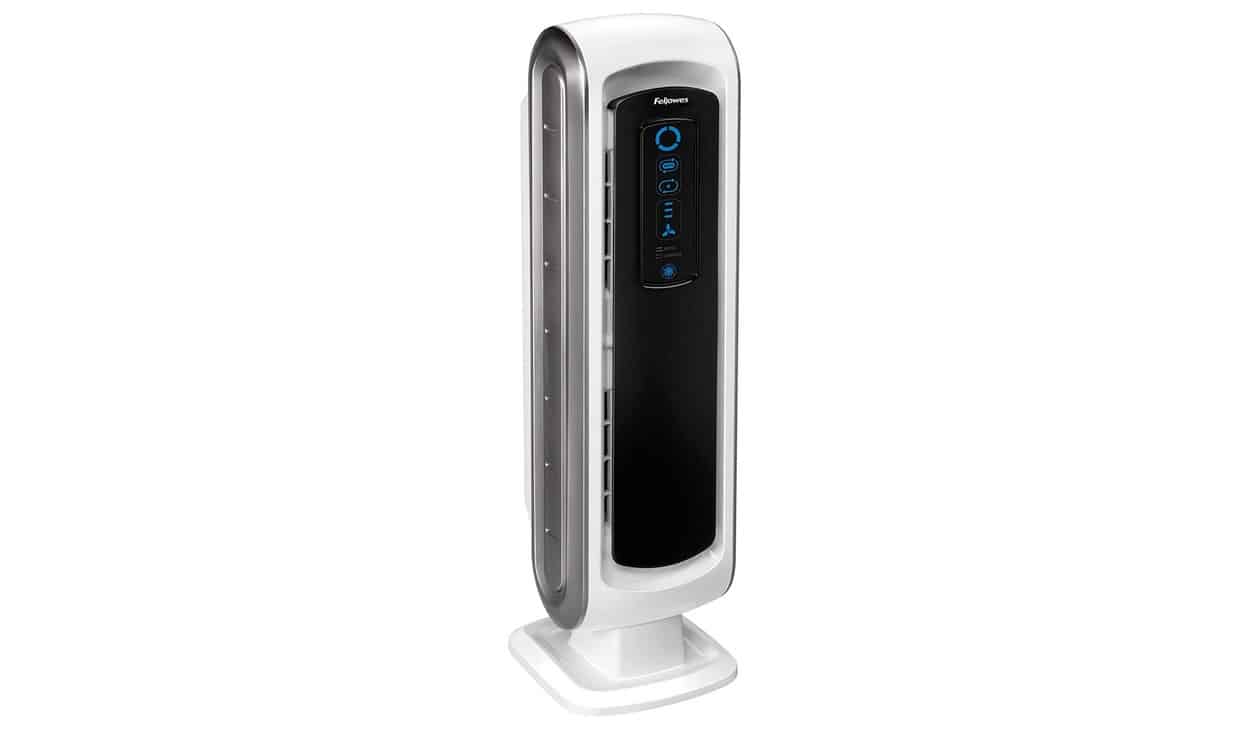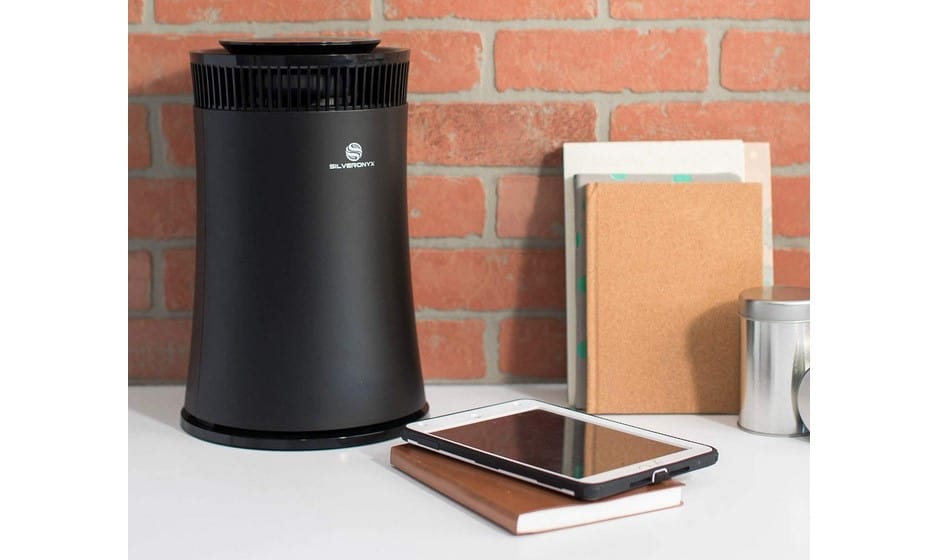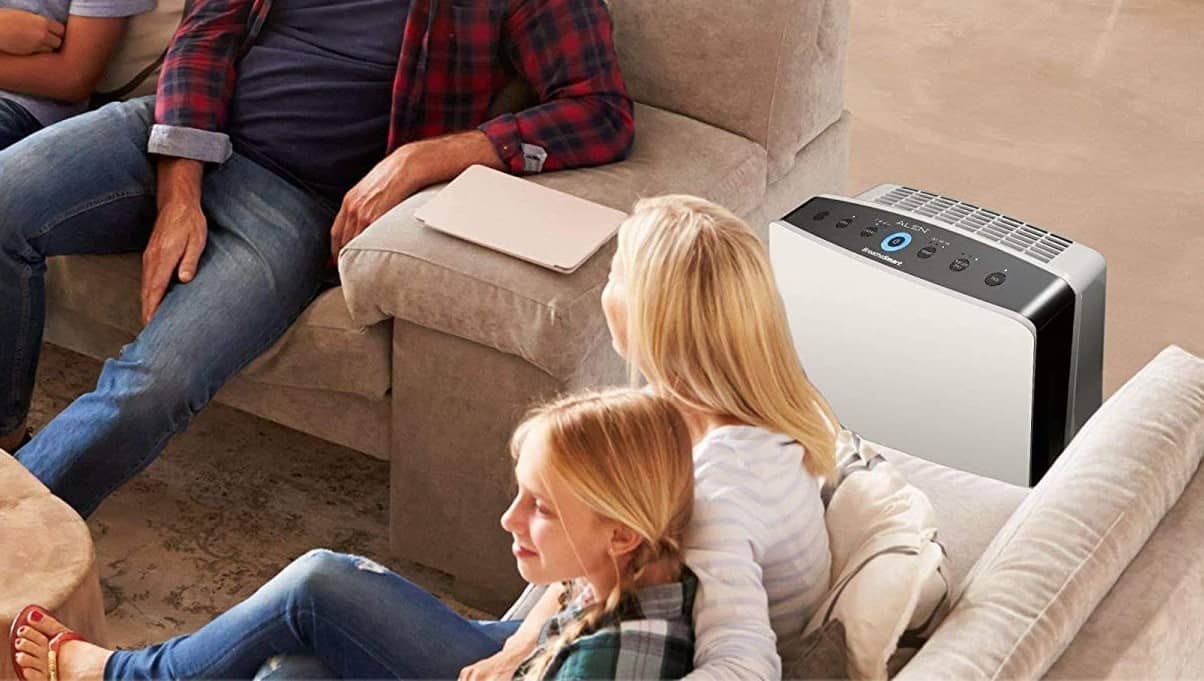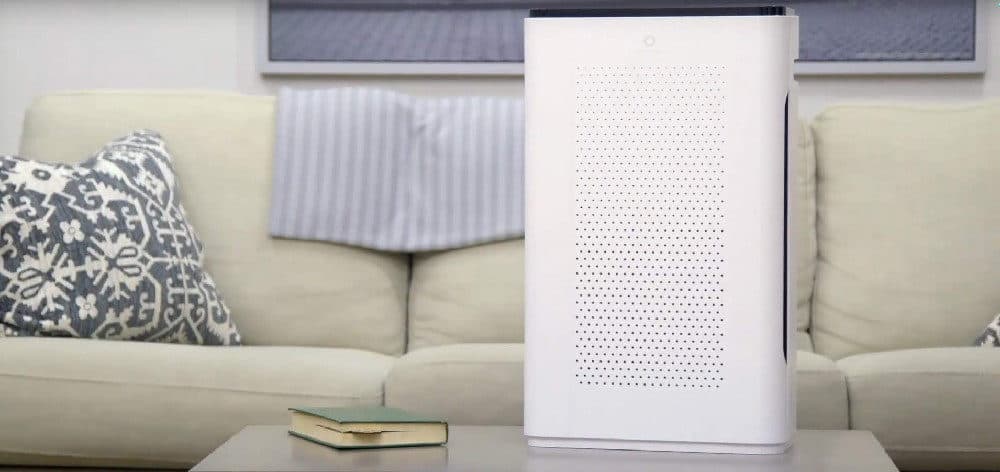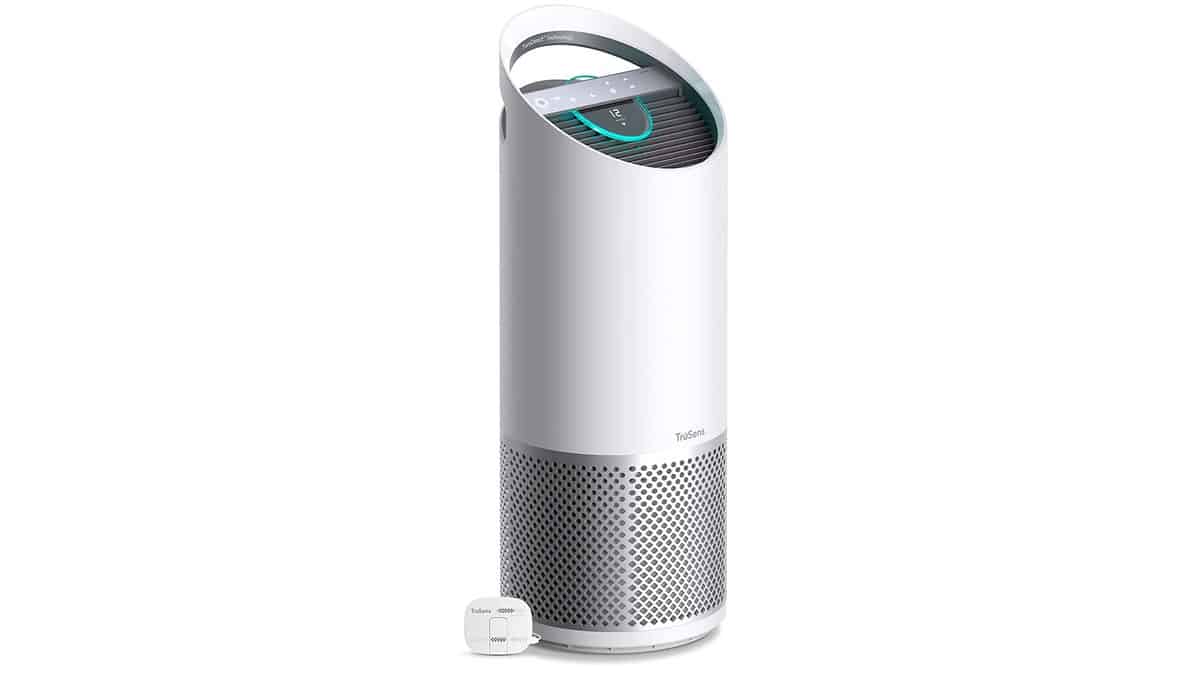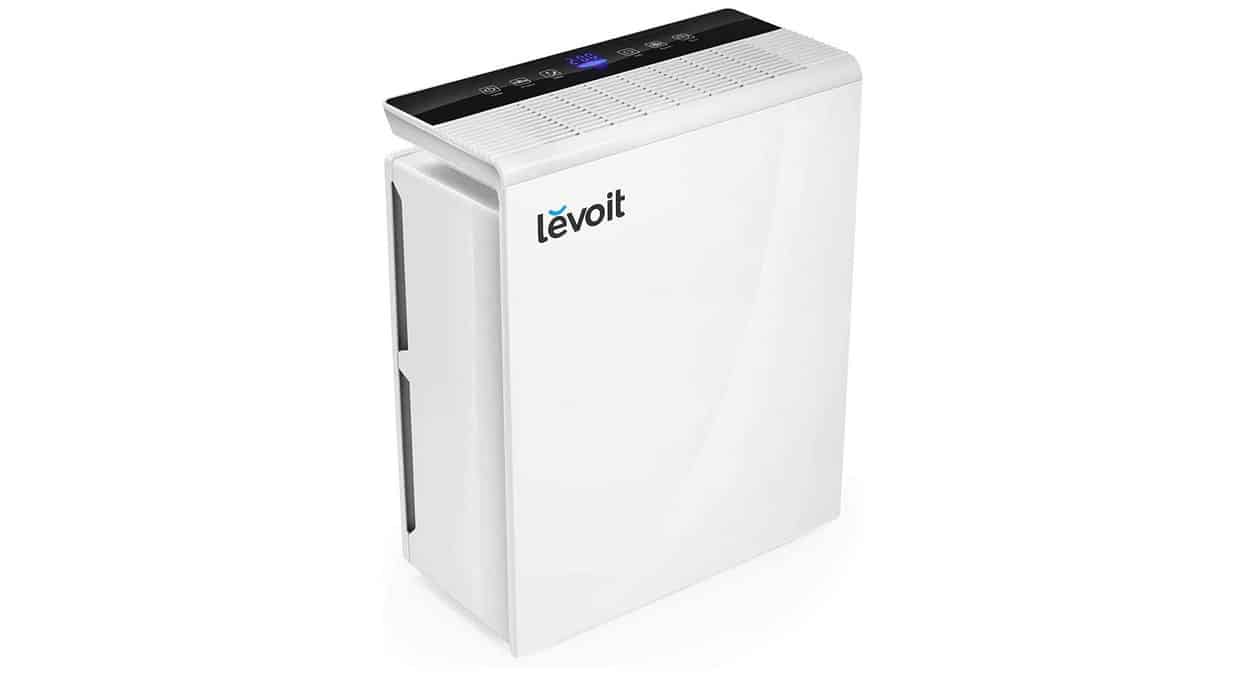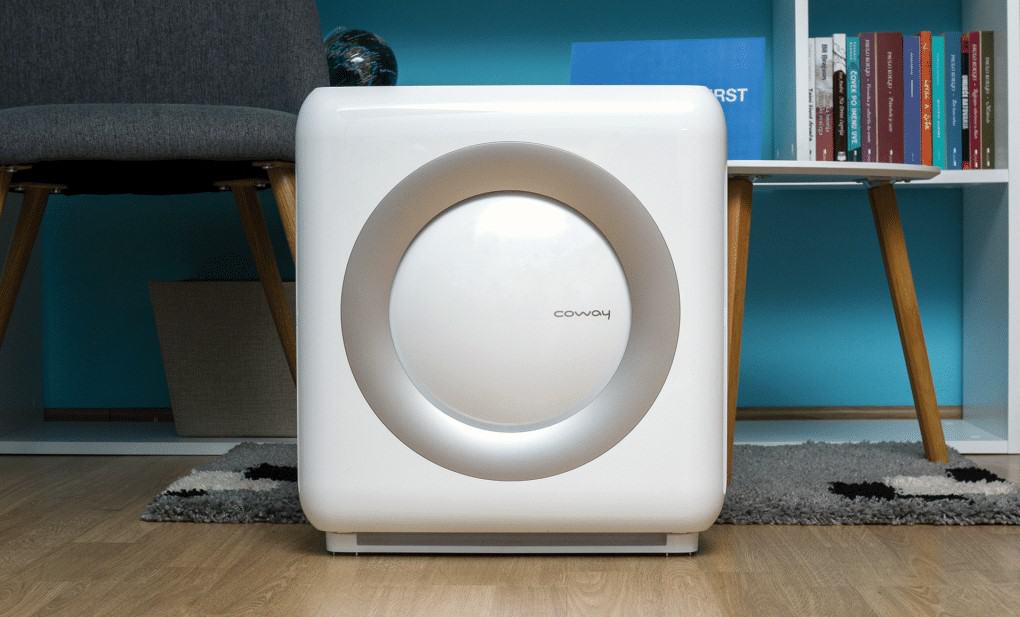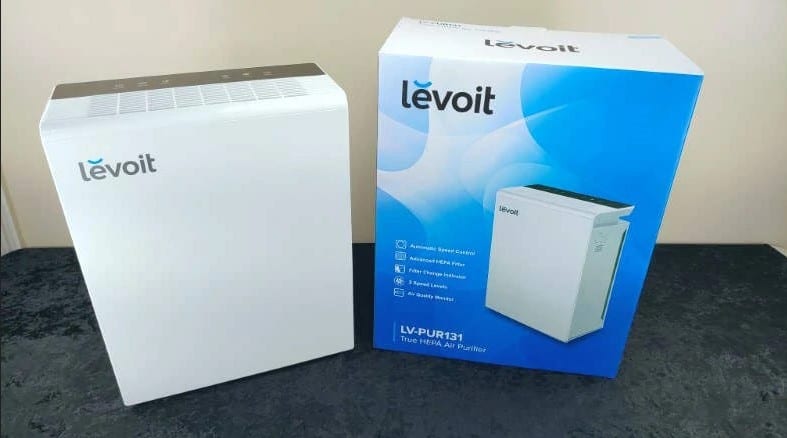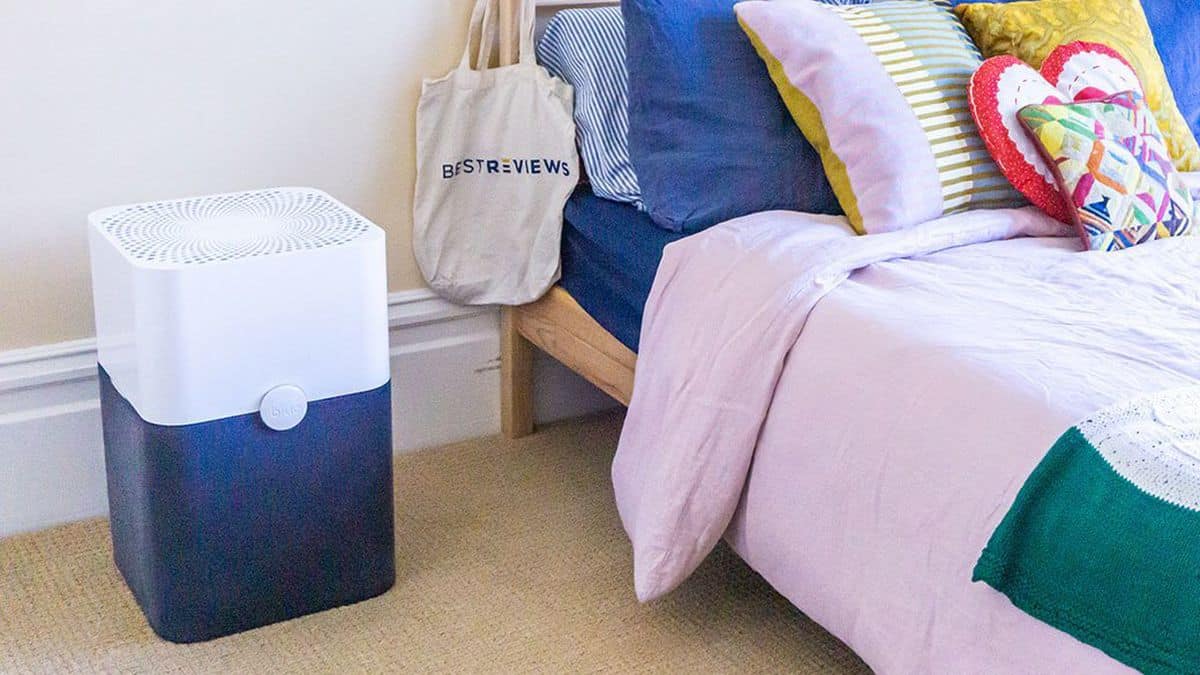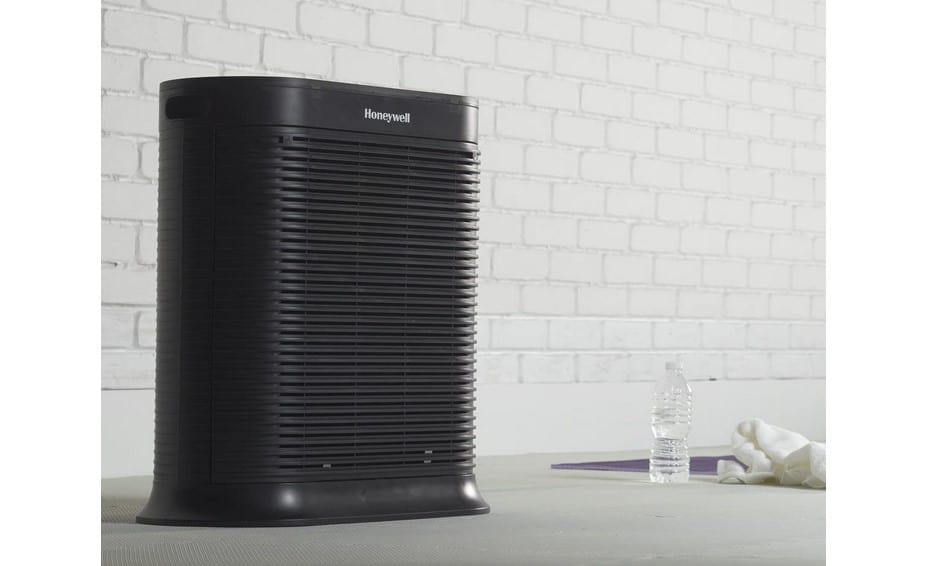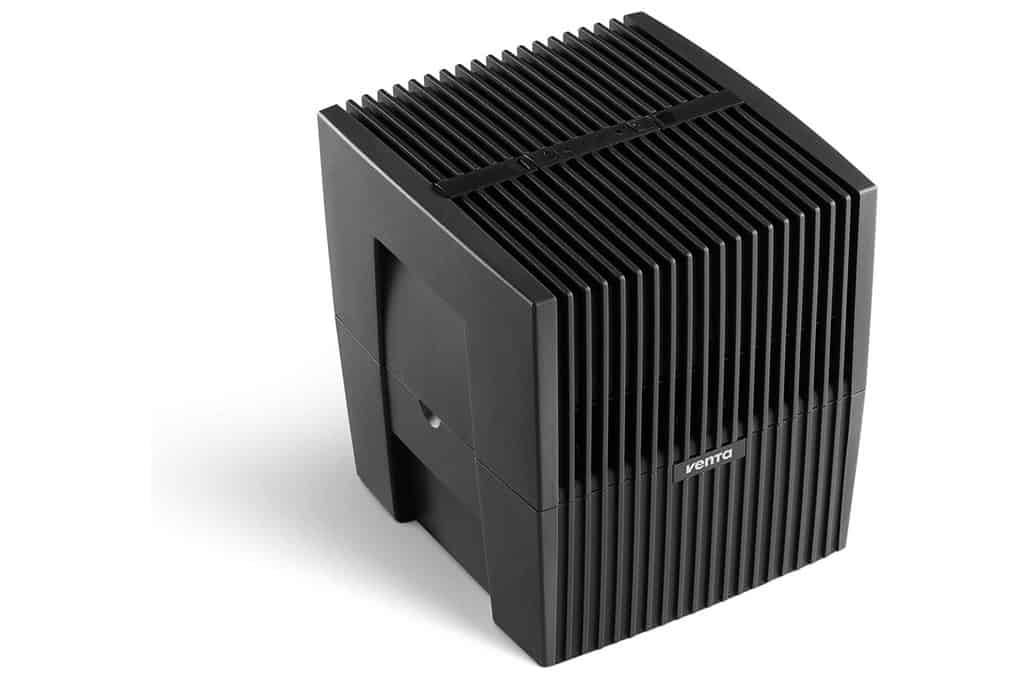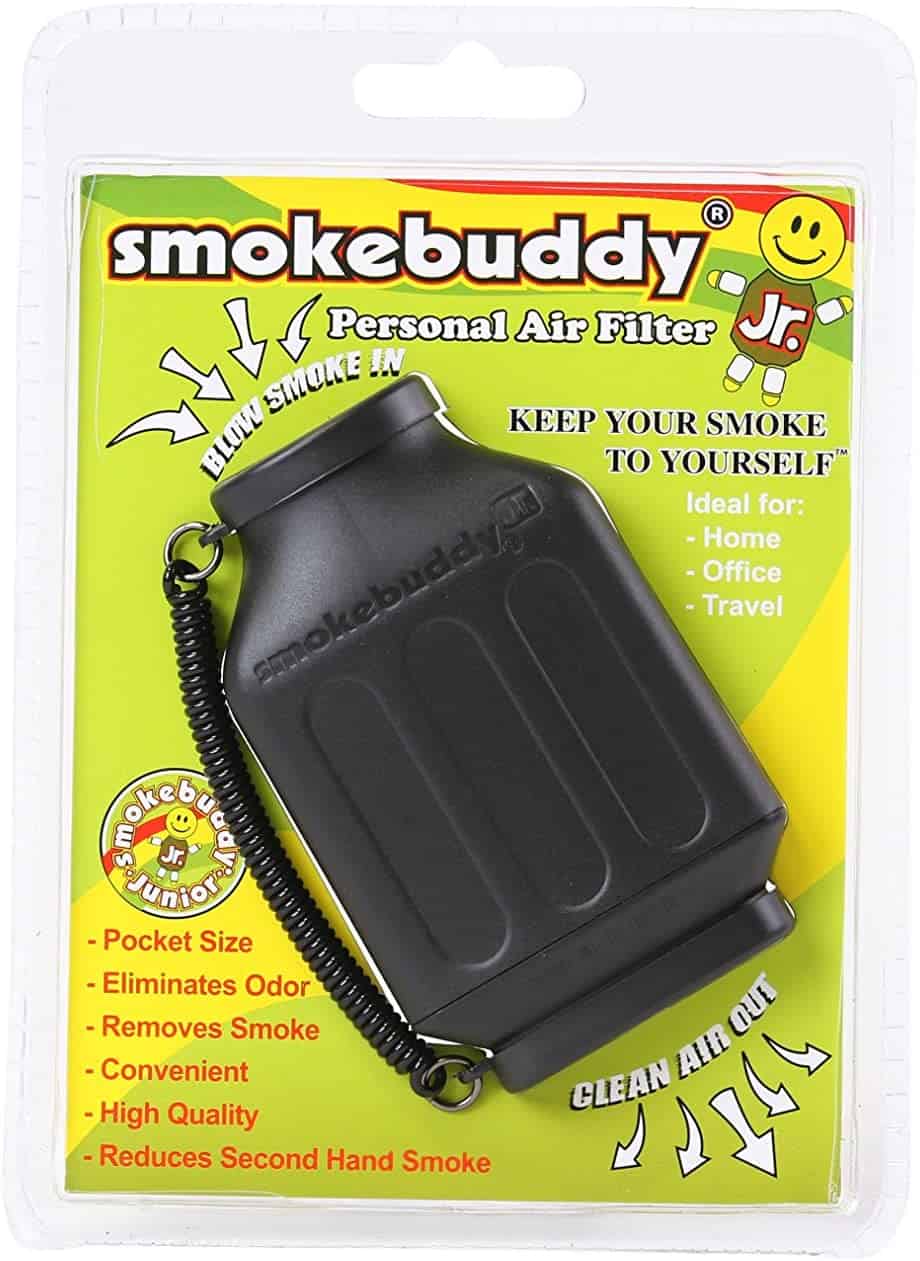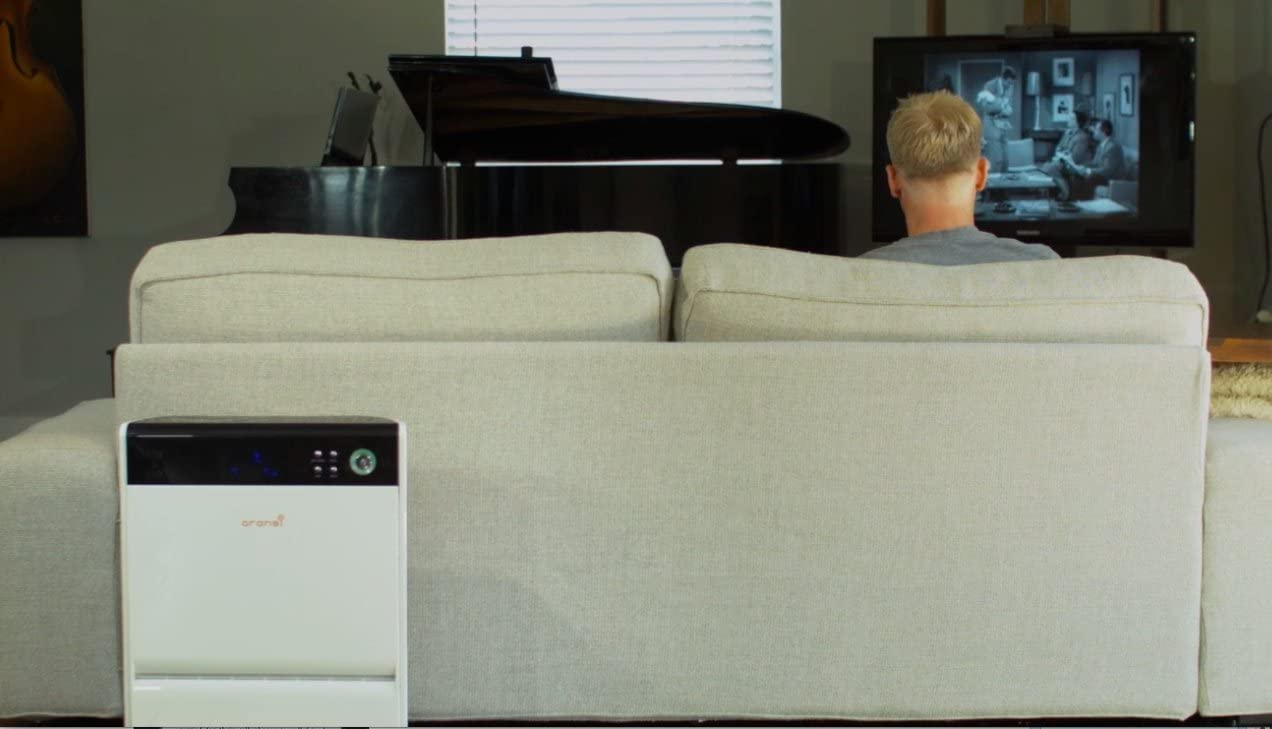There are two different types of electronic air purifiers, each presenting its method for removing airborne particles from the air. When considering which kind to get, electrostatic precipitator vs. ionizing air purifier, you may want to understand more about each option. They work on roughly the same principle, but one has collection plates that the other does not. Of course, the goal of understanding both types is to find the best air purifier.
KEY TAKEAWAYS:
- Electronic air purifiers include electrostatic precipitators and ionizer air purifiers, and they can produce ozone at safe levels.
- Both technologies provide an electric charge to particles, causing them to be attracted to surfaces with the opposing charge.
- Electronic precipitators retain particles on the surface of collection plates, while ionic air purifiers cause particles to stick to nearby surfaces.
What are the Differences Between Electrostatic Precipitators and Ionizing Air Purifiers?
Electrostatic precipitators and ionic air purifiers fall under electronic air purifiers because they use an electrical charge on the particles in the air. Electrostatic precipitators offer collection plates and work especially well on particles that can adapt and hold a charge. Ionic air purifiers, however, do not feature collection plates or any other surfaces on which the particles stick. If you’d like to broaden your research, you can learn more about electrostatic air purifiers vs HEPA-based air purifiers and electronic air cleaners vs filters.
Insider Tip
Electrostatic precipitators collect particles on the surface of collection plates instead of, as opposed to on your clothes or other surfaces.
How do Electrostatic Precipitators Work?
As airborne particles pass through the electrostatic precipitator, they receive a positive or negative charge that attracts them to the collection plate with the opposing charge. As long as the particulate matter can hold the charge, it will stay stuck on the plate, removing large amounts of particles. However, some particles do not hold a charge well, or they adopt the charge of the plate. If their charge continuously shifts, they may hover between the collection plates. As electrostatic precipitation occurs, the device creates small levels of ozone emissions, which are safe in small doses.
Ozone Exposure Effects
If you run an electrostatic precipitator or ionic air purifier long-term without ventilation, the ozone levels can pose various health risks because it is a toxic gas. If you have asthma or lung problems, you should avoid exposure to ozone in any amount. Ozone causes respiratory issues among healthy people, including trouble breathing, shortness of breath, coughing, and sore throat. Additionally, ozone increases susceptibility to infections. To understand more about these effects or to find a different alternative, check out our guide to fan vs. air purifiers. However, note that many air purifiers do not produce ozone.
How do Ionizing Air Purifiers Work?
Ionizing air purifiers, also known as ionic air purifiers, negatively charge microscopic particles that stick to nearby surfaces. The issue with any air cleaner like this comes from the tendency for the particles to stick to clothes or the human body. Although many particles may attract the wall or carpet, some airborne contaminants can get into your lungs, exposing you to the particulate matter you are trying to eliminate. In addition, these devices create small amounts of ozone that may cause a higher ozone concentration if left unventilated, which is why you want to compare ionizer air purifiers vs UV air purifiers, first.
Alternate Types of Air Purifiers
The most highly sought-after air purifiers, like the finest air purifiers with washable filters, include high-efficiency particulate air (HEPA) filters. These filters eliminate indoor air pollution 0.3 microns in size or larger, including smoke particles, mold spores, dust mites, and more. However, if you are looking for odor removal, you should consider an activated carbon filter, which removes gaseous particles and volatile organic compounds. Both of these filters clean the air without the adverse health effects of electronic air cleaners. The effectiveness of an air cleaner at its highest speed is measured by the clean air delivery rate (CADR,) though this rate may not be consistent over a longer time.
Warning
Electronic air purifiers generate ozone at small levels, toxic if it builds up.
F.A.Q.
What are the adverse health effects of exposure to ozone?
Ozone exposure can cause coughing, sore throat, difficulty breathing, inflamed airways, susceptibility to infection of the lungs, and aggravation of respiratory problems.
Should you use an ionic or HEPA air purifier?
Ionic air purifiers charge particles negatively, causing them to stick to nearby surfaces. HEPA air filters catch these particles as they pass through the filter, trapping them in the fibers. Additionally, ionic air purifiers take longer to purify the air than a HEPA filter would.
How do HEPA-based air purifiers work?
HEPA-based air purifiers pull air into the purifiers, pushing it through the high-efficiency particulate air (HEPA) filter. As they pass through the filter, organic compounds larger than 0.3 microns in size become trapped within the filter’s fiber.
STAT: According to the Thayer School of Engineering at Dartmouth, electrostatic precipitators remove over 99% of ash particles. (source)
REFERENCES:
- https://www.epa.gov/ground-level-ozone-pollution/health-effects-ozone-pollution
- https://www.google.com/search?q=electrostatic+precipitator&oq=electrostatic+precipitator&aqs=chrome..69i57j69i60.4384j0j4&sourceid=chrome&ie=UTF-8
- https://oransi.com/blogs/blog/ionic-air-purifiers-vs-hepa-air-purifiersr
- https://molekule.science/ionizer-air-purifiers-everything-you-need-to-know/
- https://www.epa.gov/sites/default/files/2018-07/documents/guide_to_air_cleaners_in_the_home_2nd_edition.pdf















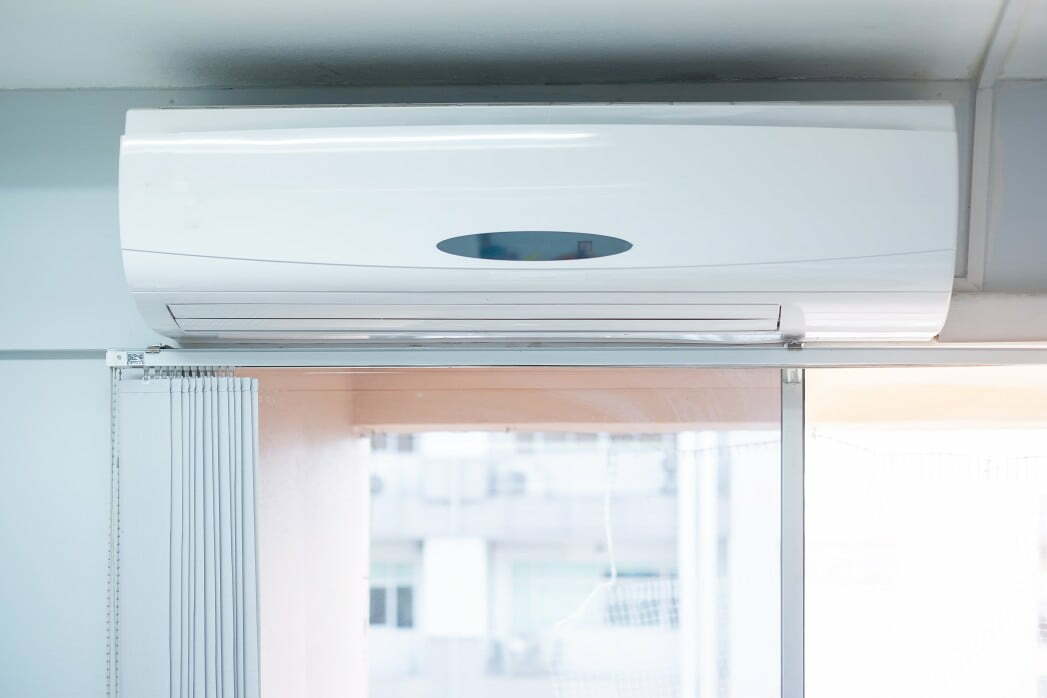

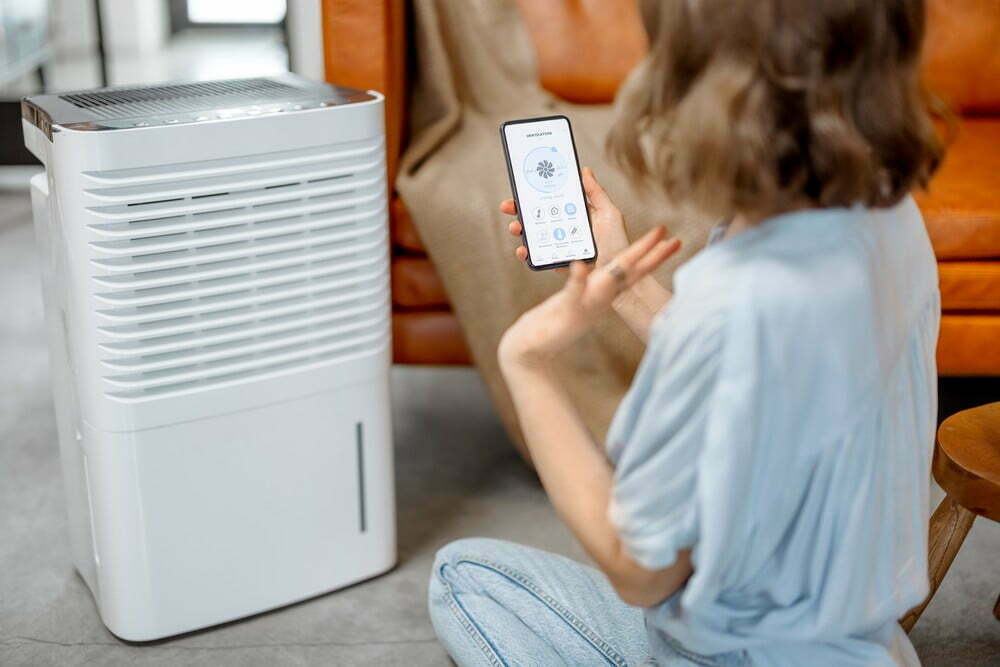
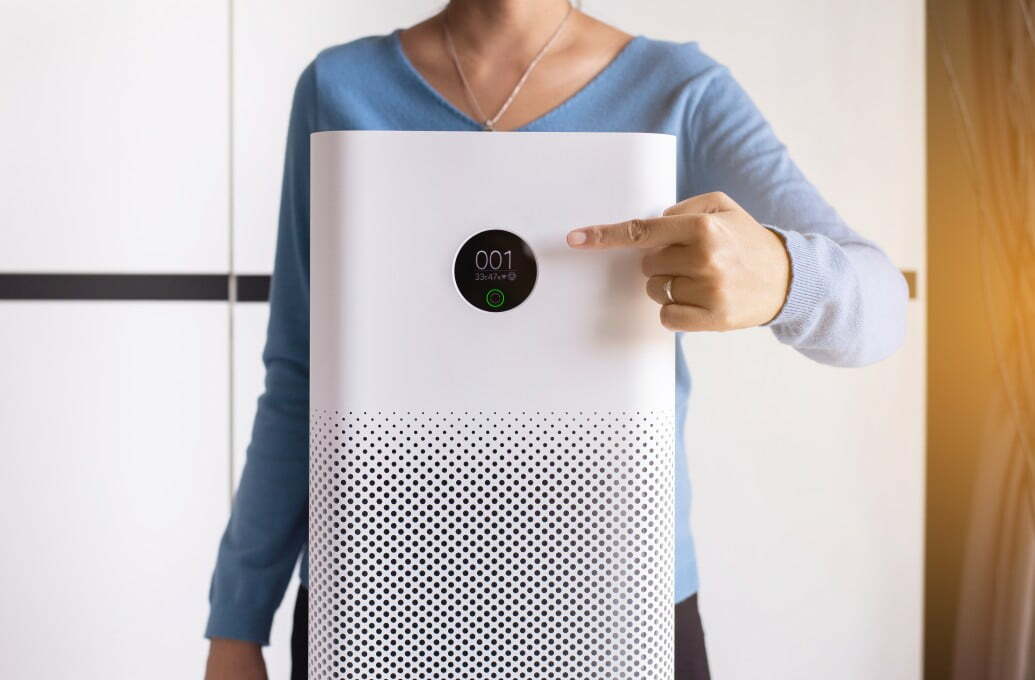
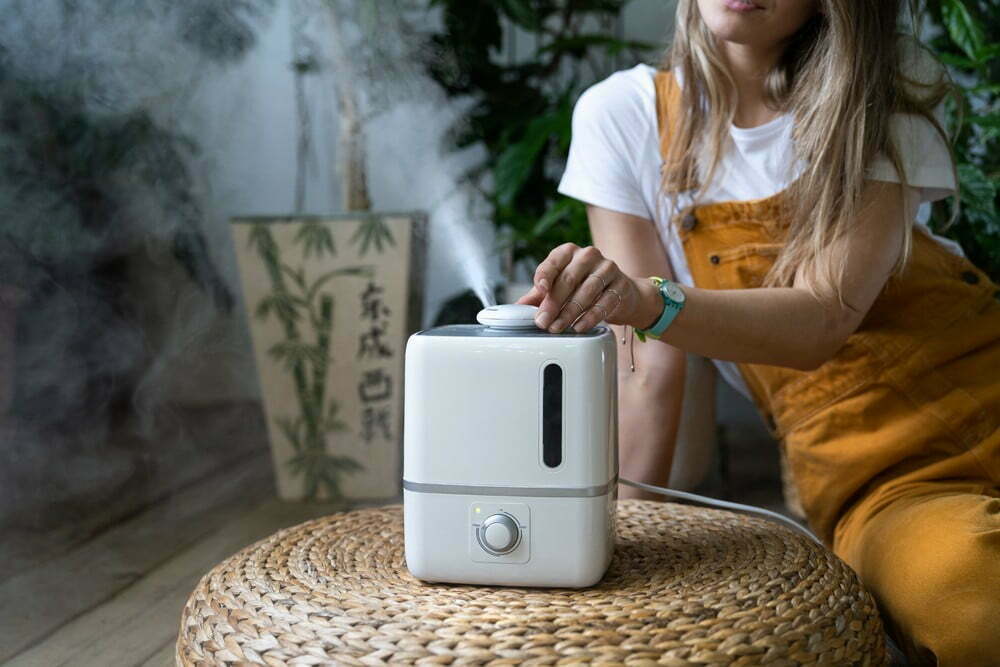


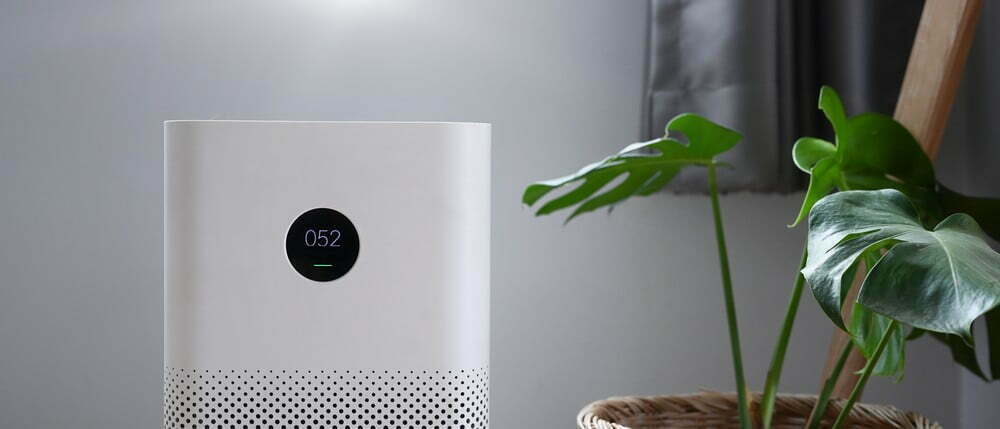
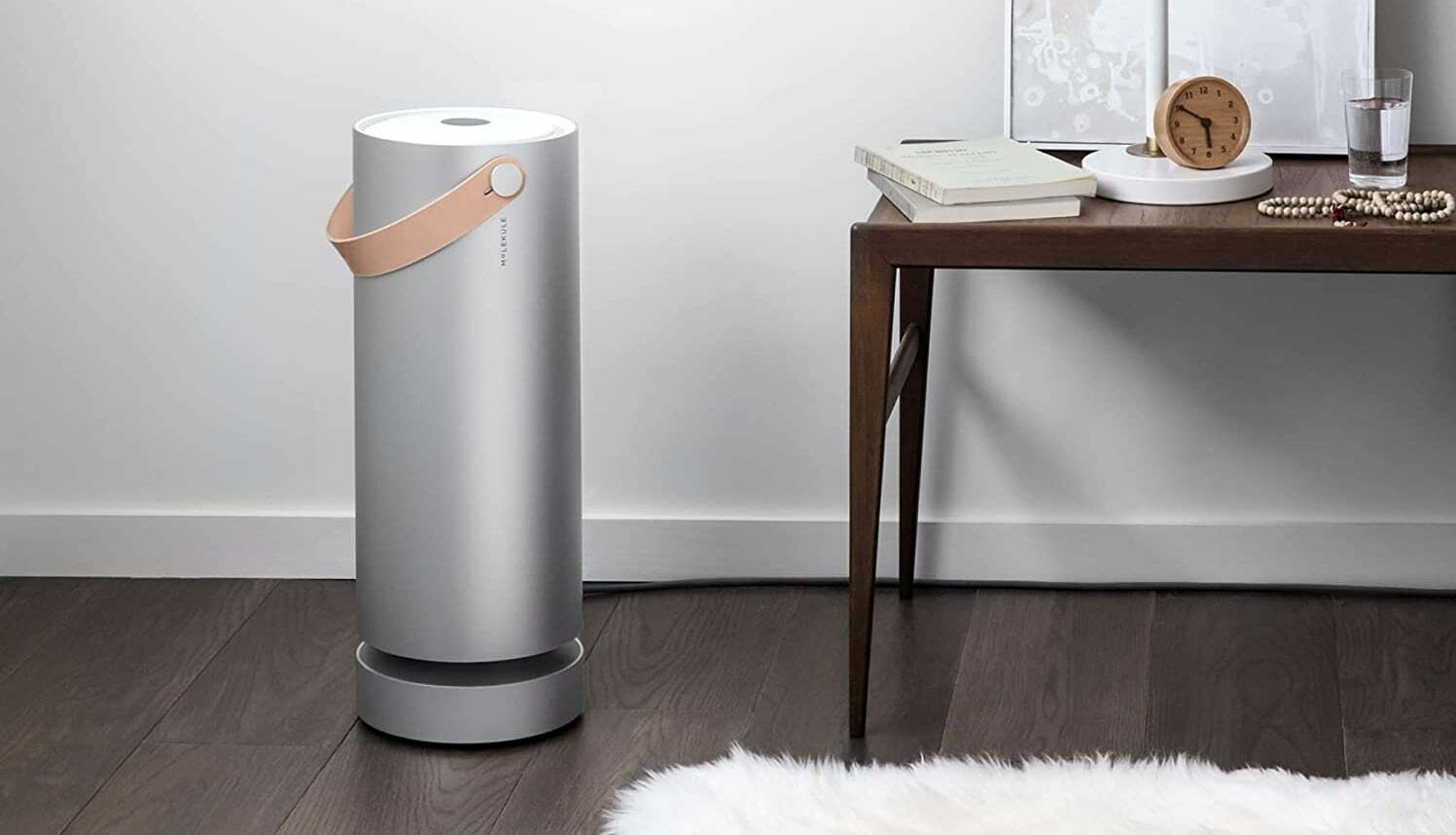
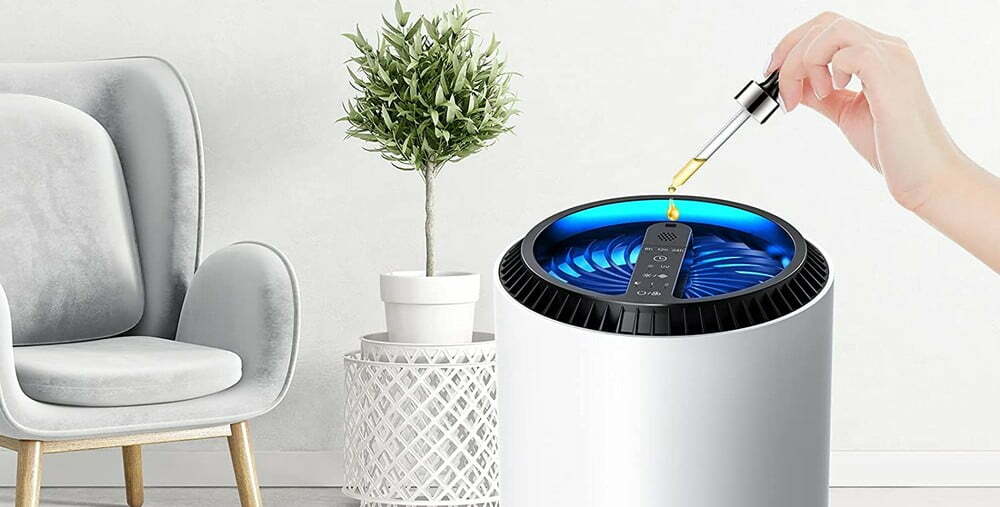
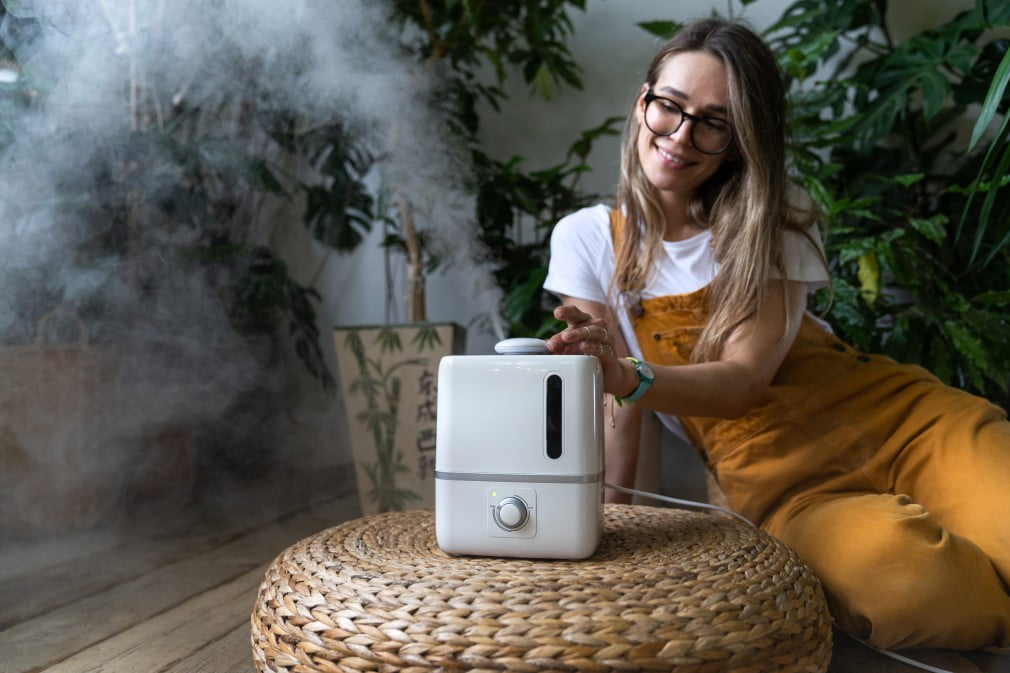
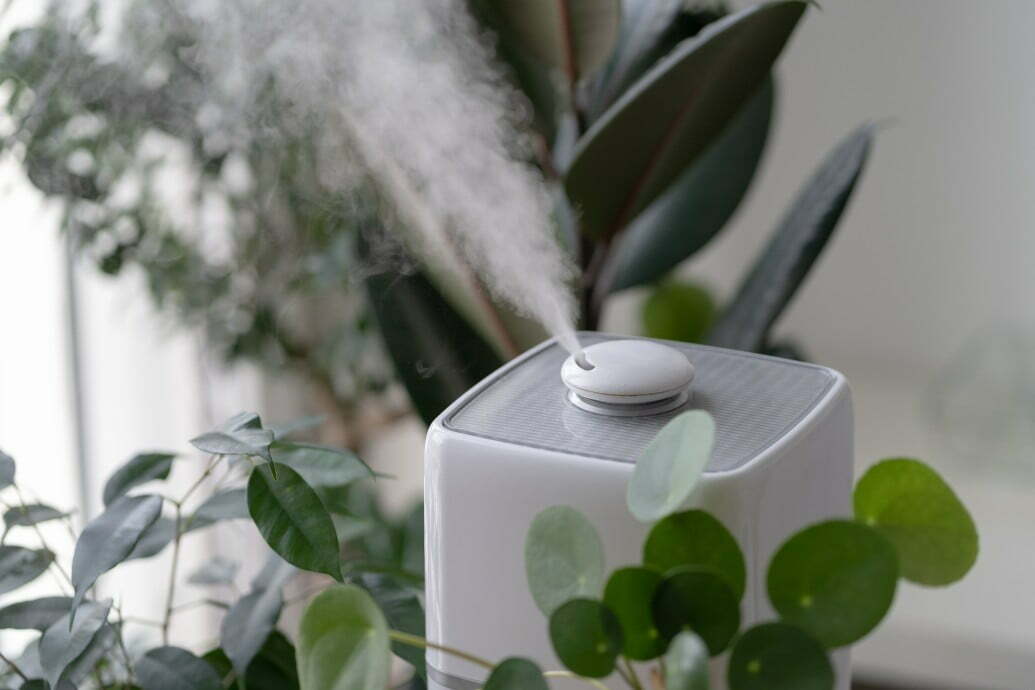

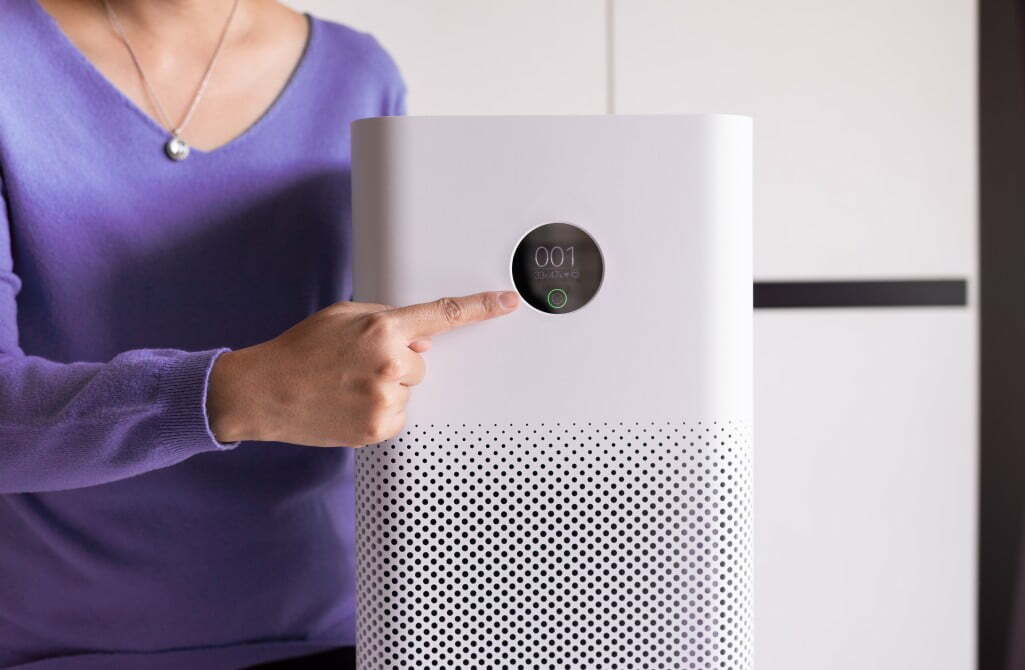
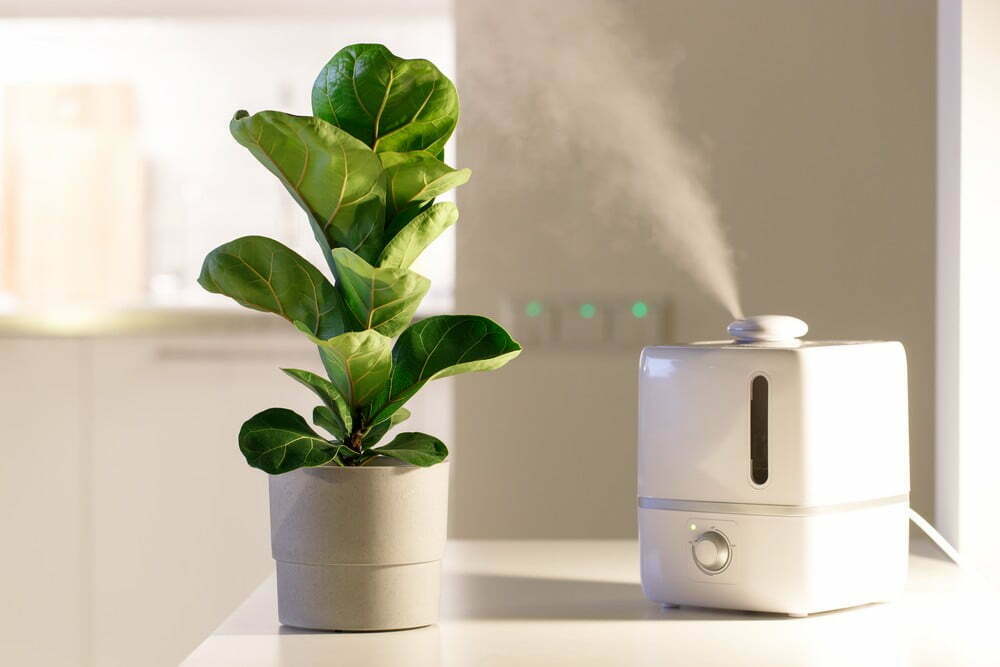

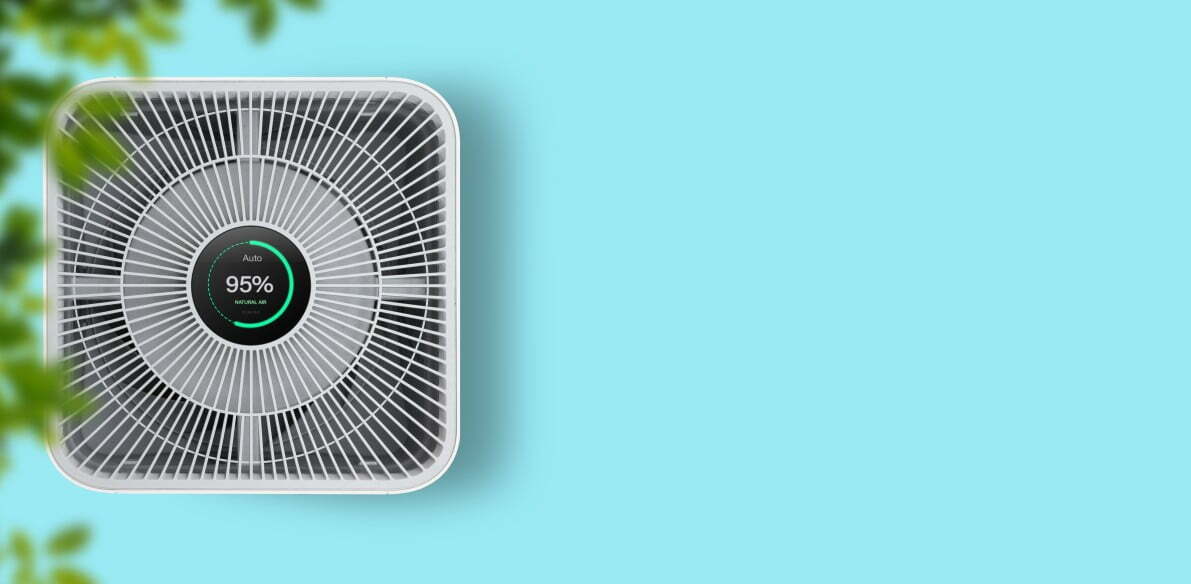
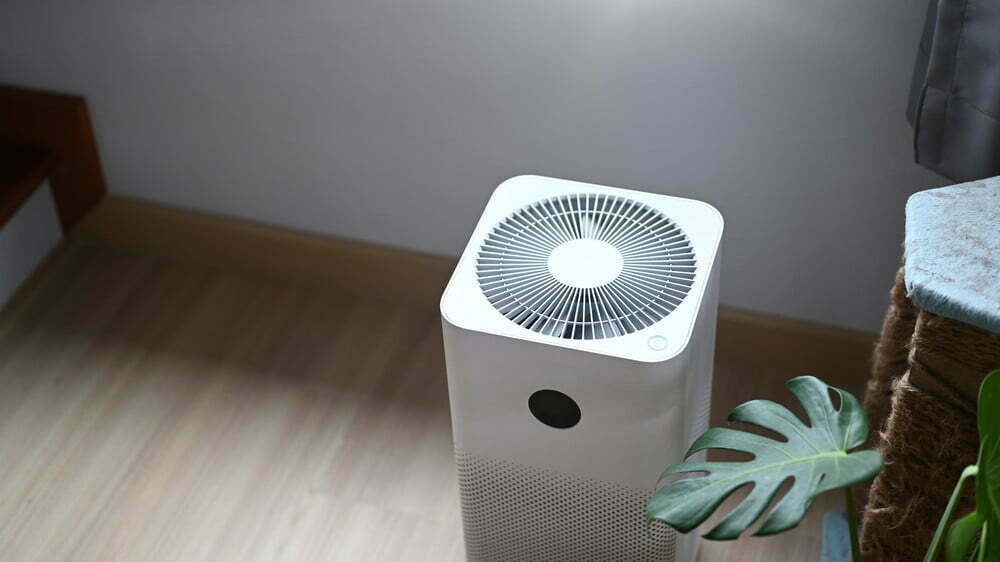
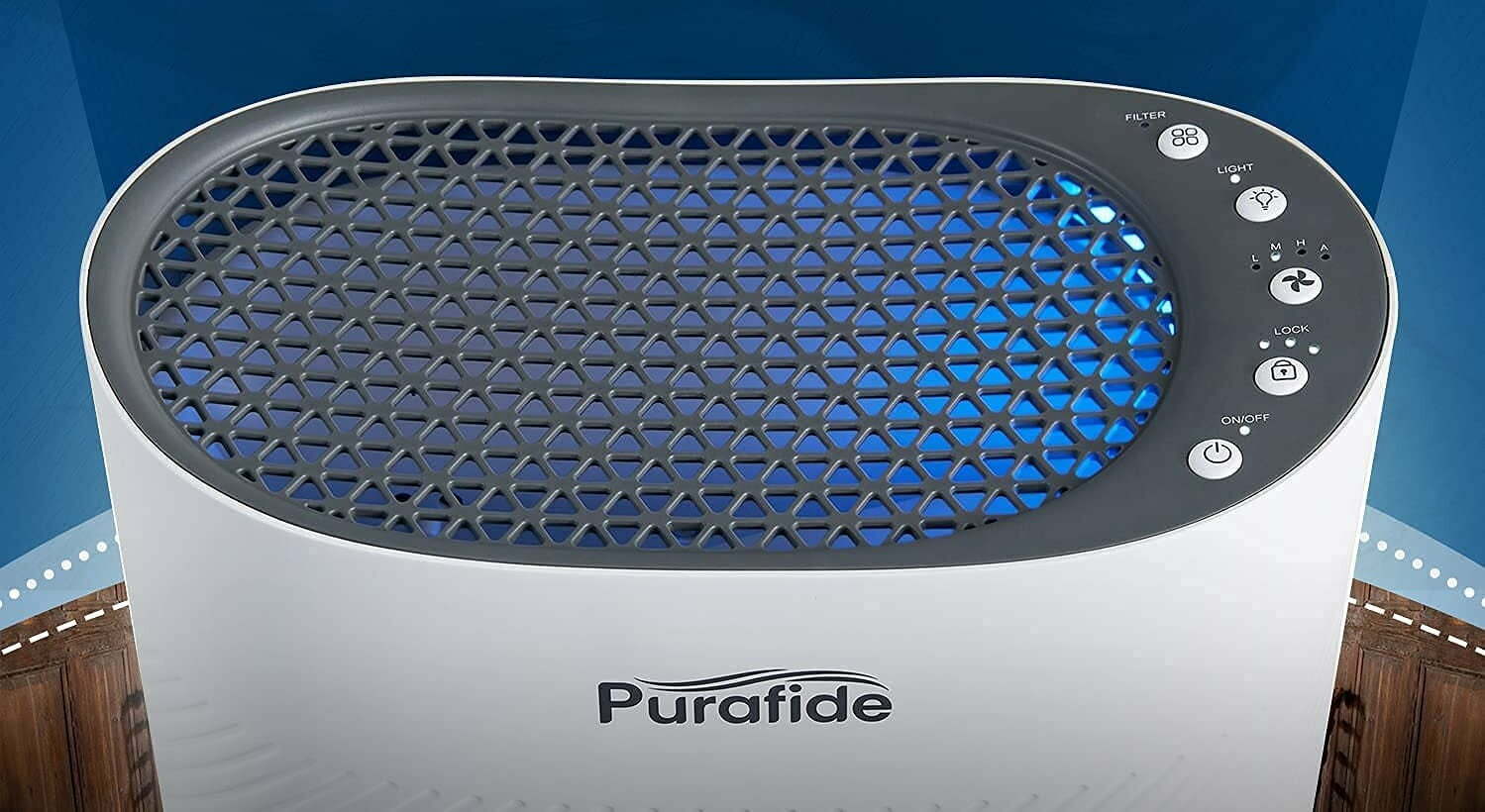
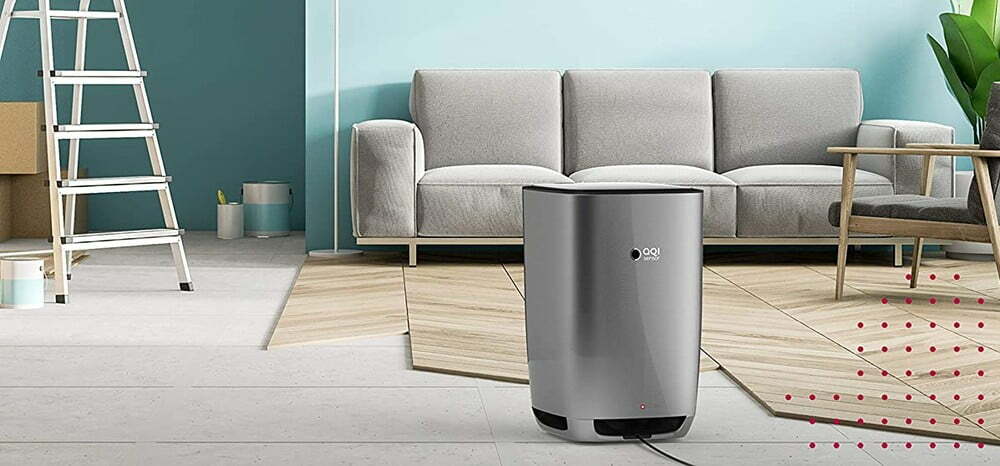
![Best Air Purifiers for VOCs and Formaldehyde in [year] 27 Best Air Purifiers for VOCs and Formaldehyde in 2025](https://www.gadgetreview.dev/wp-content/uploads/best-air-purifier-for-vocs-and-formaldehyde-image.jpg)
![Best Air Purifier in [year] ([month] Reviews) 28 Best Air Purifier in 2025 (December Reviews)](https://www.gadgetreview.dev/wp-content/uploads/Honeywell-True-HEPA-Allergen-Remover-HPA300-e1475603569442.jpg)
![Best Air Purifiers for Dust in [year] 29 Best Air Purifiers for Dust in 2025](https://www.gadgetreview.dev/wp-content/uploads/best-air-purifier-for-dust-image.jpg)
![Best Honeywell Air Purifiers in [year] 30 Best Honeywell Air Purifiers in 2025](https://www.gadgetreview.dev/wp-content/uploads/best-honeywell-air-purifier-image.jpg)
![Best Germicidal Air Purifiers in [year] 31 Best Germicidal Air Purifiers in 2025](https://www.gadgetreview.dev/wp-content/uploads/best-germicidal-air-purifier-image.jpg)
![Best Filterless Air Purifiers in [year] 32 Best Filterless Air Purifiers in 2025](https://www.gadgetreview.dev/wp-content/uploads/best-filterless-air-purifier-image.jpg)
![Best Levoit Air Purifiers in [year] 33 Best Levoit Air Purifiers in 2025](https://www.gadgetreview.dev/wp-content/uploads/best-levoit-air-purifier-image.jpg)
![Best Air Purifiers for Smoking Weed in [year] 34 Best Air Purifiers for Smoking Weed in 2025](https://www.gadgetreview.dev/wp-content/uploads/best-air-purifier-for-smoking-weed-image.jpg)
![Best Quiet Air Purifiers in [year] 35 Best Quiet Air Purifiers in 2025](https://www.gadgetreview.dev/wp-content/uploads/best-quiet-air-purifier-image.jpg)
![Best Desktop Air Purifiers in [year] 36 Best Desktop Air Purifiers in 2025](https://www.gadgetreview.dev/wp-content/uploads/best-desktop-air-purifier.jpg)
![Best Dyson Air Purifiers in [year] 37 Best Dyson Air Purifiers in 2025](https://www.gadgetreview.dev/wp-content/uploads/best-dyson-air-purifier.jpg)
![Best Air Purifiers for Dorm Room in [year] 38 Best Air Purifiers for Dorm Room in 2025](https://www.gadgetreview.dev/wp-content/uploads/air-purifier-for-dorm-room-1.jpg)
![Best Air Purifiers for Office in [year] 39 Best Air Purifiers for Office in 2025](https://www.gadgetreview.dev/wp-content/uploads/best-air-purifier-for-office.jpg)
![Best Air Purifiers for Basement in [year] 40 Best Air Purifiers for Basement in 2025](https://www.gadgetreview.dev/wp-content/uploads/best-air-purifier-for-basement.jpg)
![Best Air Purifiers For Odor in [year] 41 Best Air Purifiers For Odor in 2025](https://www.gadgetreview.dev/wp-content/uploads/best-air-purifier-odor.jpg)
![10 Best Personal Air Purifiers in [year] 42 10 Best Personal Air Purifiers in 2025](https://www.gadgetreview.dev/wp-content/uploads/best-personal-air-purifiers.jpg)
![10 Best Plug In Air Purifiers in [year] 43 10 Best Plug In Air Purifiers in 2025](https://www.gadgetreview.dev/wp-content/uploads/best-plug-in-air-purifier-image.jpg)
![10 Best Whole House Air Purifiers in [year] 44 10 Best Whole House Air Purifiers in 2025](https://www.gadgetreview.dev/wp-content/uploads/best-whole-house-air-purifier-image.jpg)
![10 Best Large Room Air Purifiers in [year] 45 10 Best Large Room Air Purifiers in 2025](https://www.gadgetreview.dev/wp-content/uploads/Coway-Airmega-200M-Large-Room-Air-Purifier-900x900-1.png)
![10 Best UV Air Purifiers in [year] 46 10 Best UV Air Purifiers in 2025](https://www.gadgetreview.dev/wp-content/uploads/best-uv-air-purifier.jpg)
